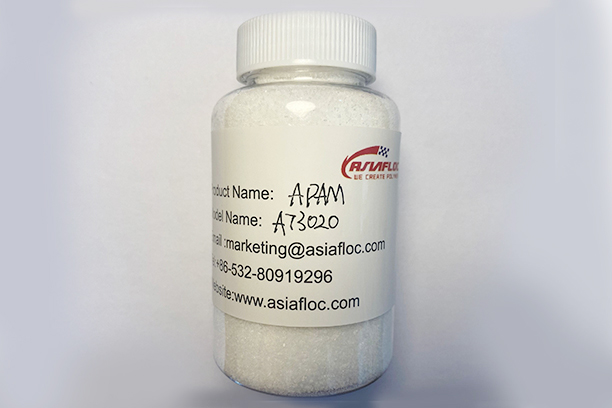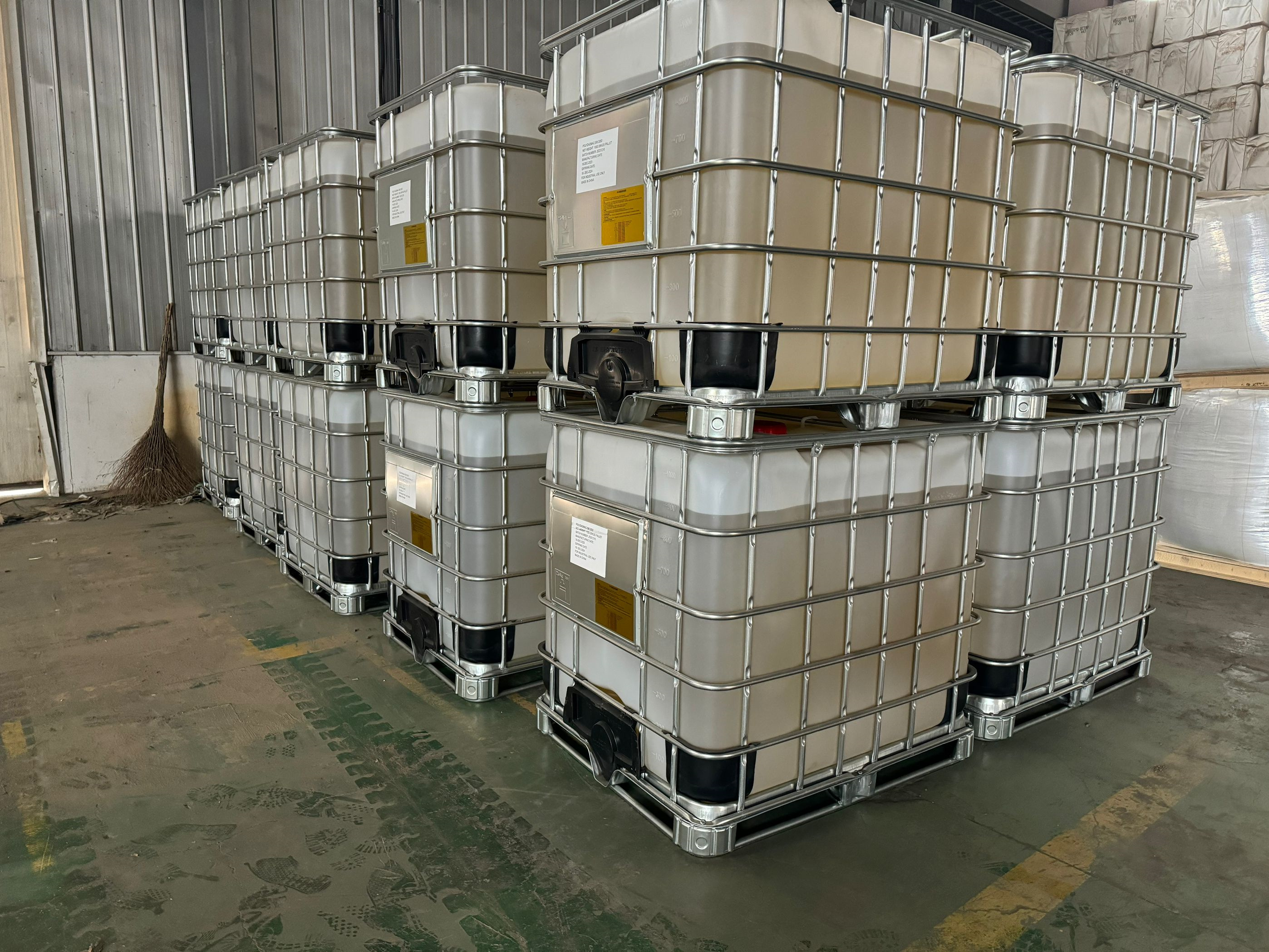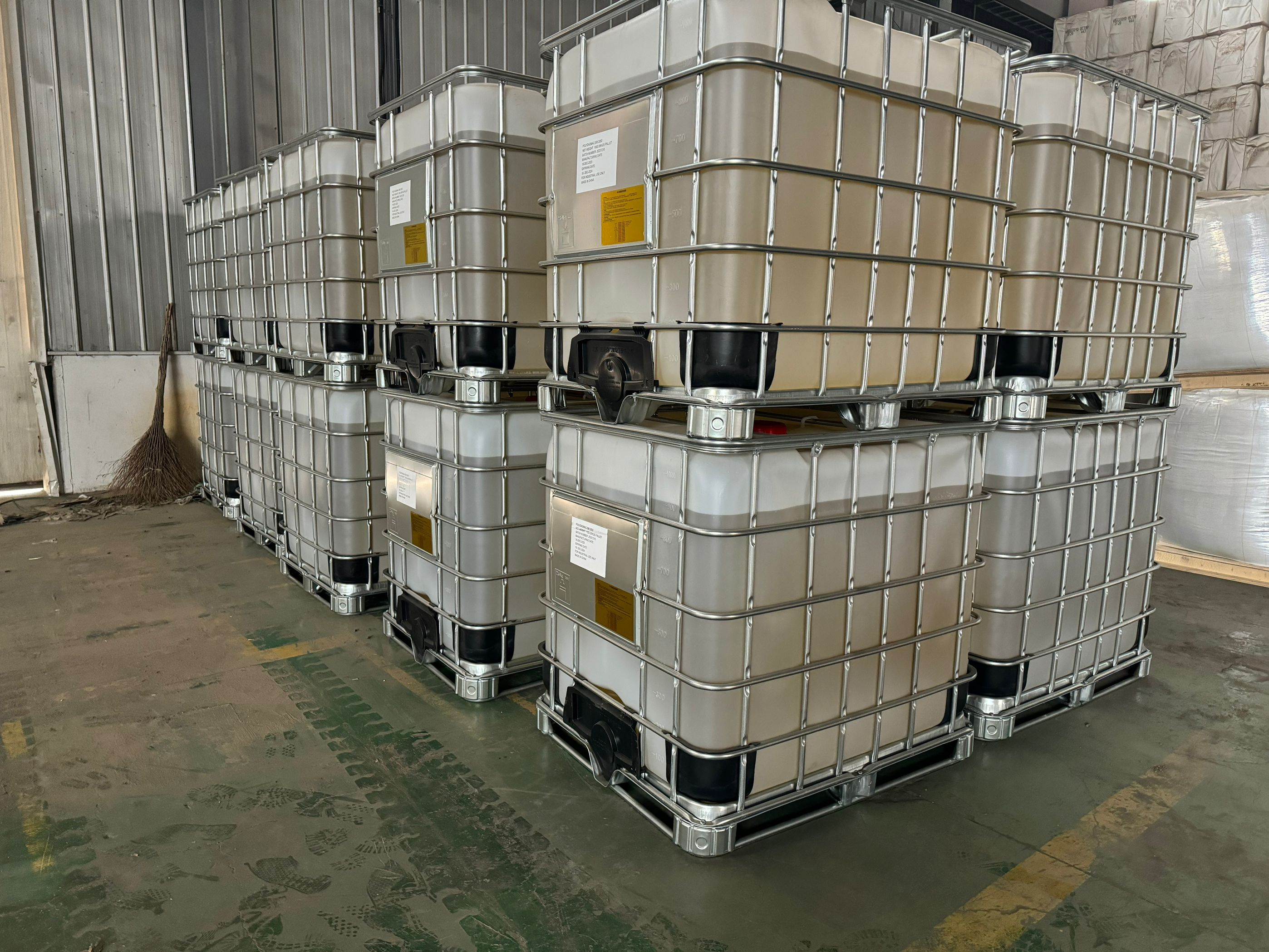The traditional mud treatment process uses the sedimentation tank, through this sedimentation tank for natural air drying is easy to be affected by the weather, air drying treatment time is relatively long, it will also cause secondary pollution to the surrounding environment, can not fully meet the standards of recycling or discharge.
Application of anionic polyacrylamide in sand washing
Application of anionic polyacrylamide in sand washing

The traditional mud treatment process uses the sedimentation tank, through this sedimentation tank for natural air drying is easy to be affected by the weather, air drying treatment time is relatively long, it will also cause secondary pollution to the surrounding environment, can not fully meet the standards of recycling or discharge.
On-site sewage treatment equipment mainly adopts filter press, concentration tank, dosing system, water recovery pool. The concentration tank is used together with the dosing system. Users of the sand washing plant cannot directly add sewage when using polyacrylamide flocculant, but must dissolve in water and treat sewage with aqueous solution before use. The water used to dissolve polyacrylamide flocculants and polyaluminium chloride coagulants should be clean water (such as tap water), not sewage. Normal temperature water generally does not need heating. When the water temperature is below 5 ℃, the dissolution rate is slow, and when the water temperature rises, the dissolution rate is accelerated. But more than 40 degrees will accelerate the degradation of the polymer, affecting the use effect. Once the temperature goes above 60 degrees, it fails.
The general dissolution rate is 0.1% to 0.3%, that is to add 1-3 kg of solid polyacrylamide and polyaluminium chloride to a ton of clean water. When choosing the concentration, we should consider the small volume of dissolving tank and the size of daily sewage. When the molecular weight of polyacrylamide is high, it is recommended to dilute it slightly and put the polymer concentration into sewage with 0.1% polyacrylamide solution. The motor load of the mixer is too large, the waste water is not dispersed well, and the wasted dose will also affect the use effect.
The common filter press in sand washing field is mostly belt filter press and plate and frame filter press, which is suitable for the dehydration operation of tailings mud such as iron ore, copper ore, lead and zinc ore, bauxite or rare earth ore. Two filter belts are wound on a series of rollers of different sizes in order to remove water in slurry by squeezing and shearing between the filter belts. Plate and frame filter press is suitable for chemical, ceramic, petroleum, medicine, food, smelting and other industries, but also for industrial sewage filter mud treatment. Through the plate and frame extrusion, the material is intercepted by the filter medium, forming the filter cake discharge filter chamber, so that the water in the sludge is discharged through the filter cloth, to achieve the purpose of dehydration. If the amount of sand washing is large and the demand for circulating water is high, belt filter press can be used to improve the production efficiency. In actual production, it can be found that the mud cake moisture content produced by belt filter press is higher than that of plate and frame machine, but the production efficiency is high, which can reduce manual operation and realize automatic production. The mud cake produced by plate and frame filter press has low moisture content, but the production efficiency is slow because of the long grouting time.






